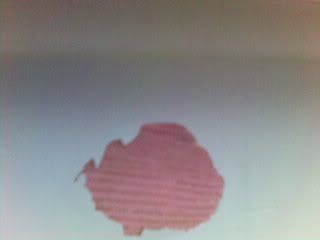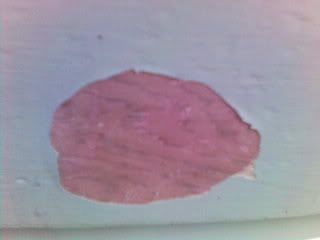Hi,
I visited a home, where the weatherboard looks the size of hardiplank. According to the agent, it's wood and showed me where the paint has chipped off. It's a 60s house. Other 60s houses I've seen use wood planks that are about 11cm wide and 1.5cm thick, so I'm puzzled.
I've taken some pictures. Is this how weatherside looks like? Can anyone post some pictures of what weatherside looks like under the paint?



I visited a home, where the weatherboard looks the size of hardiplank. According to the agent, it's wood and showed me where the paint has chipped off. It's a 60s house. Other 60s houses I've seen use wood planks that are about 11cm wide and 1.5cm thick, so I'm puzzled.
I've taken some pictures. Is this how weatherside looks like? Can anyone post some pictures of what weatherside looks like under the paint?






Comment